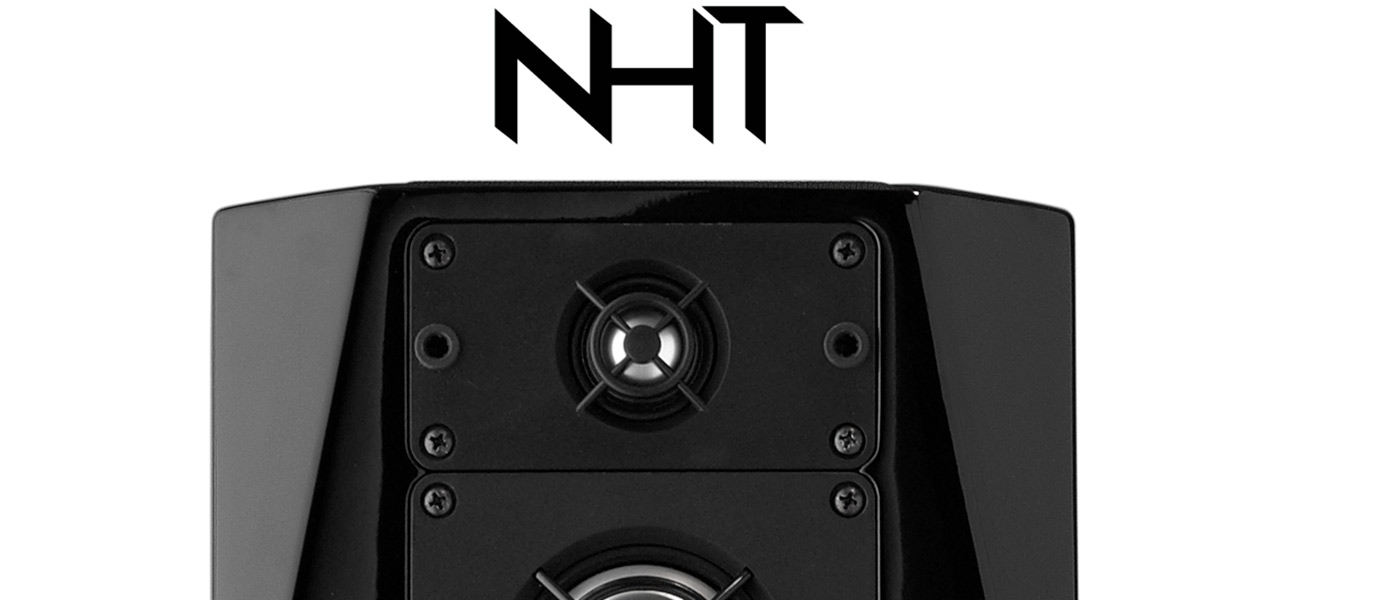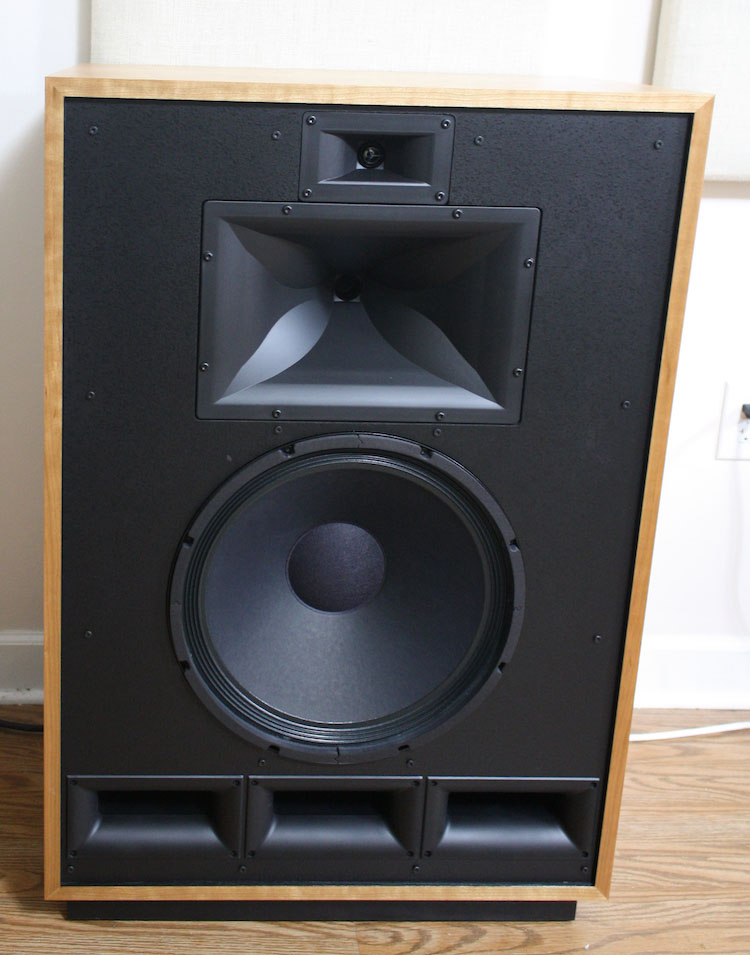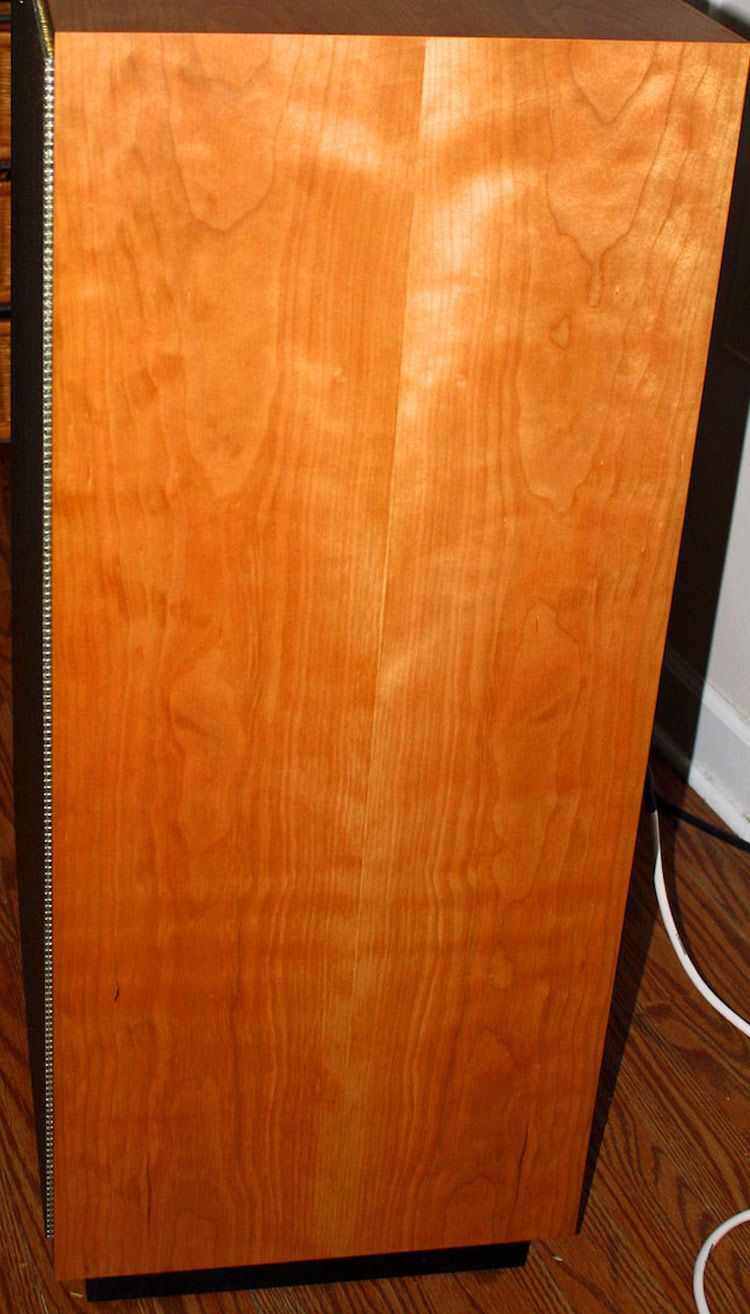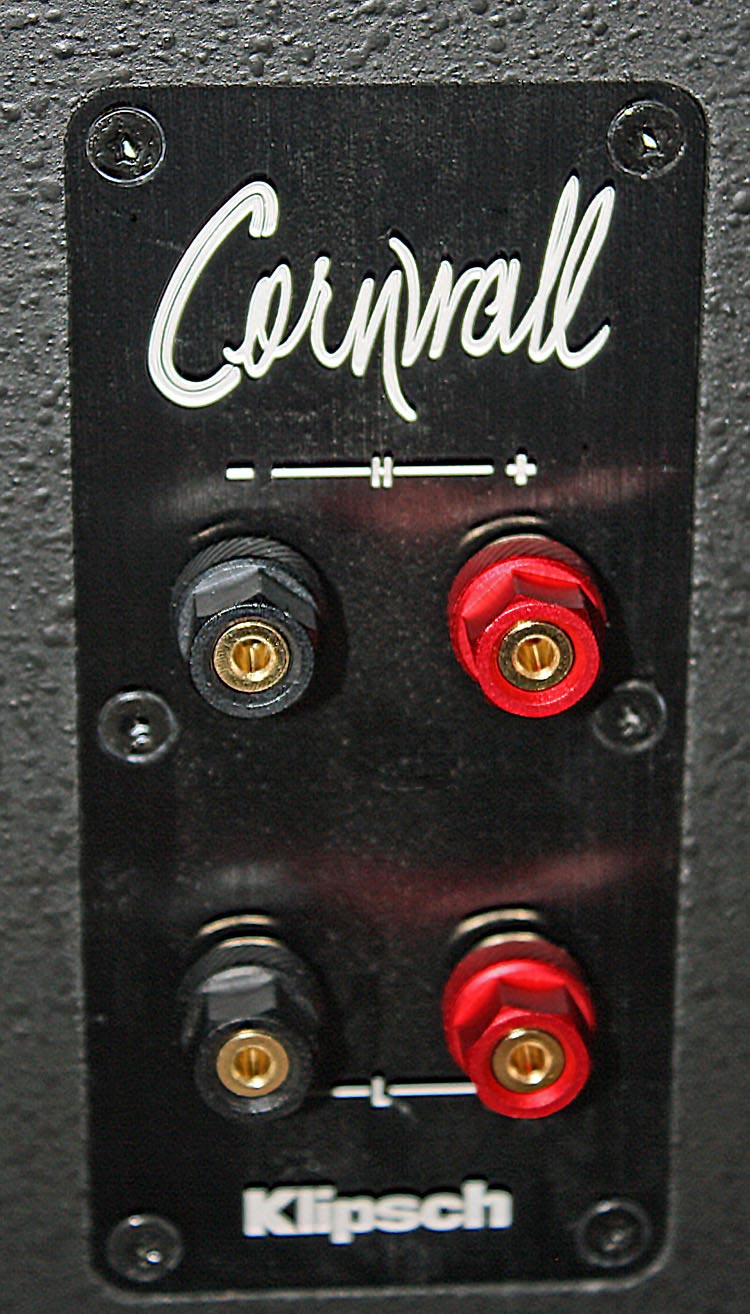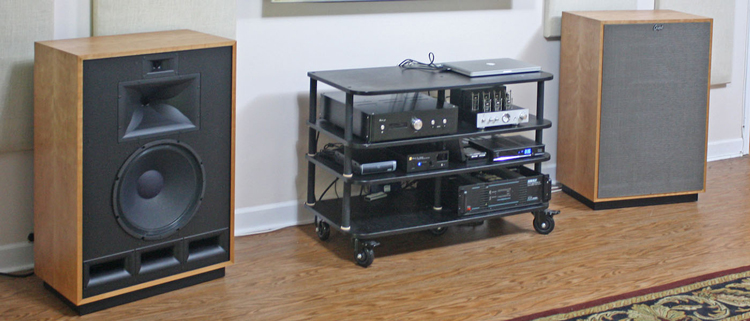
The Klipsch Cornwall IV loudspeakers are big, beautiful, and budget-busting. But if you want superior quality, epic construction, and unique sound, the Cornwall IVs may be one of the only games in town. They should be used in larger rooms for the best driver integration and can be powered by just about any integrated amplifier, stereo receiver, power amplifier, tube amp, or AVR on the market. That said, some upstream gear works better with the Cornwalls than others. But these beautiful speakers will be hard to part with!
In my listening room, setup of the Klipsch Cornwall IV speakers proved to be a challenge, but that fault lies with my room – not the speakers. Nevertheless, I stubbornly prevailed, and with the right positioning, the right amplifier, and the right touch of equalization, the Cornwalls are some of the best sounding speakers I’ve ever heard. YOUR use of the Klipsch Cornwall IV speakers will not have such daunting setup requirements – it just so happened that my listening room was the “perfect storm” of impediments to good Cornwall performance. But all’s well that ends well, and I’m just LOVING the sound of the speakers.
Klipsch Cornwall IV Loudspeakers
- Some of the most beautiful wood finish I’ve ever seen on a pair of speakers
- High sensitivity makes the Klipsch Cornwall IVs easy to drive with any amplifier
- Sufficient resolution that good electronics upstream really open up the speaker’s performance
- Smooth integration of bass to midrange – on OR off-axis
- Amazing midrange and treble detail
- Bi-wiring or bi-amplification is possible
- New grills are beautiful and acoustically transparent
- Insufficient bass extension without a touch of equalization
The Klipsch Cornwall IV is the latest in the 15-inch, direct-radiating, three-way Heritage series from Klipsch. The new Klipsch Cornwall IV sports a new midrange driver, new horns, new ports, new HF phase-plug, and new pricing! I’ve always had a love/hate relationship with the Cornwall. I’ve owned the version one Cornwalls at least twice, and a version two once. I’ve loved everything about them except the bass extension (almost deep enough to run without a subwoofer, but not quite), and the woofer to midrange horn transition. My problem has always been that the 15” woofer’s dispersion is beginning to narrow at its 700Hz crossover point, and the transition to the much wider dispersion of the midrange horn is plainly audible (at least to me) unless I’m sitting directly on-axis (which I rarely am). Will the new midrange horn and/or steeper crossover slopes clean up the crossover region? Stay tuned!
Type:
3-way, 15” horn-loaded
Frequency response:
34Hz – 20kHz (+/-4dB)
Sensitivity:
102dB @ 2.83V/1m (as measured in average listening room)
Power handling:
100W/400W (Continuous/Peak)
Maximum SPL:
119dB (Continuous)
Nominal Impedance:
8 ohms
Crossover frequencies:
5000Hz, 700Hz
High-frequency driver:
K-107-TI 1” Titanium diaphragm
Midrange driver:
K-702 1.75” Polyimide diaphragm
Low-frequency driver:
K-33-E 15” Fiber composite cone
Enclosure material:
MDF with black-ash, walnut, or natural cherry veneers
Inputs:
Dual binding posts (bi-wire/bi-amp)
Dimensions (HxWxD):
38” x 25.3” x 15.5”
Weight:
95.76lbs
Available finishes:
Satin Black Ash, American Walnut, Natural Cherry
MSRP:
$5,999 / pair
Warranty:
10 years
Website:
Company:
SECRETS Tags:
Speaker reviews 2020, Floor-standing speakers, horn-loaded speakers, high-efficiency speakers, Cornwall IV Speaker, Klipsch
The Klipsch Cornwall IV Heritage Loudspeakers have already been reviewed by a number of print and online reviewers, so why this particular lagniappe review? Having owned many of the Klipsch Heritage models over the years (Heresy 1, 2, 3 – Cornwall 1, 2 – La Scala 1, 2) and having actually lived with those speakers in different rooms and with different combinations of source and amplification, I consider myself VERY familiar with the Klipsch voicing, strengths, and weaknesses.
Secrets Sponsor
As mentioned in the introduction above, the two major objections I have always had to the Cornwall line concern bass extension and the problematic woofer to midrange crossover. I had initially hoped that Klipsch, now availing themselves of the larger midrange horn, would have used the opportunity to drop the crossover frequency from 700Hz to some lower frequency; but alas, for the Cornwall IV, neither the woofer nor the crossover frequency has been altered. Fortunately, the crossover slope has been altered. See the listening section to learn how successful (or not) this has been.
The American-made Klipsch Cornwall IV speakers are relatively unusual in that they use horn drivers for their midrange and treble. They almost seem a throwback product to the time when amplification wattage was insanely expensive, and the only good way to get high volumes in a home environment was to use highly sensitive speakers. Today, powerful amplifiers are relatively inexpensive, and most speaker designers use sensitivities of around 90dB combined with 4-ohm impedances to make their products work with the widest assortment of available amplification.
The Klipsch Cornwall IV sails proudly against this tide. With its nominal 8-ohm impedance and 102dB (1w/1m) sensitivity, the Cornwall can be driven with even the lowest-wattage and/or vintage amplifiers available. This doesn’t reduce their suitability for use with other amplifiers in the least. Your existing amplifier can drive the Cornwalls louder than you’d care to listen without any problems.
But volume alone is not the most important metric. How your amplifier SOUNDS will become more audible, and in some cases FAR more audible, through the Cornwalls. The clarity of the Klipsch Cornwall IV can reveal many inexpensive AV receivers as sounding profoundly mediocre (which, alas, they are). Upgrade your amplification, and the result can be startling through the Cornwalls. Really.
The Klipsch Cornwall IV speakers are shipped by freight on pallets and weigh about 100 pounds each. Unless you’re young, strong, and foolish, it will be prudent to obtain assistance to carry, unbox and set them up – particularly if you have an upstairs abode.
Being wide, deep, and tall; some thought will have to be taken as to where these large speakers are to be placed in the listening room. According to Klipsch, they can be placed parallel to a back wall or even in a corner. But in most rooms, the speakers will sound their best at least a foot from the back wall and slightly toed in toward the listening position. But your room may be an exception to that statement, as was mine, so it pays to experiment with different positions.
Also, credit Klipsch for the natural cherry veneer my review speakers wore. Excellent grain, beautiful matching, and a tasteful matte finish make these the most beautiful Cornwalls I’ve seen.
My first minor beef with the Klipsch Cornwall IV speakers is listening height. Some of us are shorter or taller than average, and having the speaker drivers point toward the listener’s head may be virtually impossible with the risers supplied by Klipsch. Horizontal axes will be easy to adjust, vertical ones not so much. Your choices with the stock risers are to tilt the speakers backward or forward by elevating the front/rear of the riser, to set the risers atop another object that will elevate the front and back of the speaker equally, to build your own risers, or put the speakers on the floor.
None of these options are without unintended consequences. The speaker was voiced with the woofer and its ports a specific height from the floor. If you change that height, you may well get unintended effects in the bass. The least intrusive option from the designers’ intent would be to slightly tilt the speaker fore or aft. This minimizes the change in woofer and port height from the floor while changing the vertical angle of the driver mounting board.
But most listeners will not adjust the vertical tilt of the speaker, leaving it on its stock riser, and so that is how the listening part of this review has been conducted. Could further improvements be had by altering the vertical tilt? I strongly suspect so and would recommend that owners (or those auditioning the speaker in a store) experiment with vertical tilt (with the salesperson’s permission, of course).
The Klipsch Cornwall IV speakers come with two sets of terminals that can accommodate anything from bananas to spades, to bare wires. The dual terminal pairs allow bi-wiring (sometimes beneficial on wire runs of more than 12 feet) or bi-amplification. But I’ve been spoiled by exposure to the world of pro audio. There, the ubiquitous Neutrik Speakon connector rules. Unlike commercial spades or banana plugs, the Speakon plug locks into its socket and makes exceptionally good contact, prevents out-of-phase connections, and can’t be accidentally dislodged once locked. I wish that consumer speakers offered a Speakon connector option, but I consider it unlikely in the extreme. But I can still wish…

A word on break-in: Do NOT expect the Cornwall speakers to sound like they have any bass until the woofers have been limbered up. My review Cornwalls sounded like wimpy bookshelf speakers for the first two days. After break-in, the speakers delivered more bass but not without some issues.
- Apple MacBook Pro running Roon and using a USB HDD for file storage
- AURALiC Vega DAC/Preamp (USB input)
- Black Ice / Jolida FX Tube DAC (USB input)
- Remote-controlled passive volume box (MCM 50-8394)
- Ashly FTX-2001, Version 3 pro power amplifier (250 WPC @ 8 ohms)
- Monoprice Pure Tube Stereo Amplifier (10 WPC @ 4-8 ohms)
- Custom Heathkit 12-watt tube monoblock amplifiers
- Emotiva PA-1 solid-state mono power amplifiers (140 Watts @ 8 ohms)
- Emotiva USB connectors
- Afford Hi-Fi analog interconnects
- Various speaker wires including Audioquest and Straight-Wire
My 3,384 cubic foot listening room is vented at all four corners into other spaces, and the Klipsch Cornwall IV speakers, along with almost every other speaker I’ve tried in this room has had trouble moving enough air to create credible bass. I’ve tried subwoofers for years, but have yet to find any that could create a consistently inaudible transition to the main speakers. With the Klipsch Cornwall IVs, what bass is present is well integrated with the midrange and treble, but in my room, the unequalized speakers still sound as if a bass tone control has been turned down relative to the higher frequencies. This is not the Cornwall’s fault, but rather that of my listening room.
The Klipsch Cornwall IV speakers are the pickiest of any speaker I’ve ever had in my room regarding placement. Most speakers can just be plunked down pretty much anywhere and sound good. Tweaking positions for maximum performance though is always a time-consuming effort that eventually pays dividends. The Cornwalls required more effort than most. By the third day of speaker dancing, I was almost ready to give up and ship the speakers back to Klipsch. But I pushed the speakers hard against their back wall before going to bed, so I didn’t walk into them in the night and left them there. The next morning when I fired up the stereo with the speakers still against the wall – Voilá! MUSIC.
In my room, the speakers MUST be significantly farther apart than any others I’ve tried and hard against the wall behind them. Place them anywhere else and they sound like anemic little bookshelf pretenders, despite their 15” woofers.
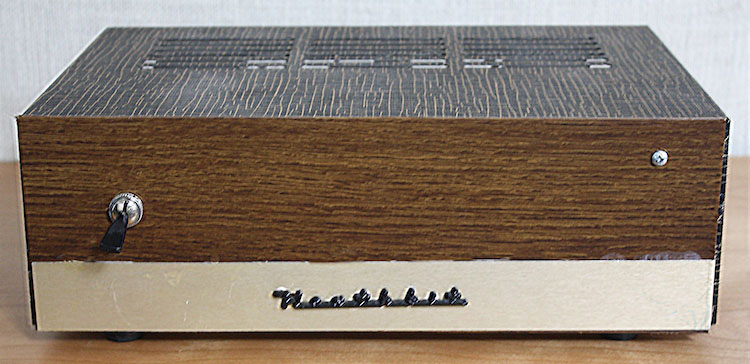
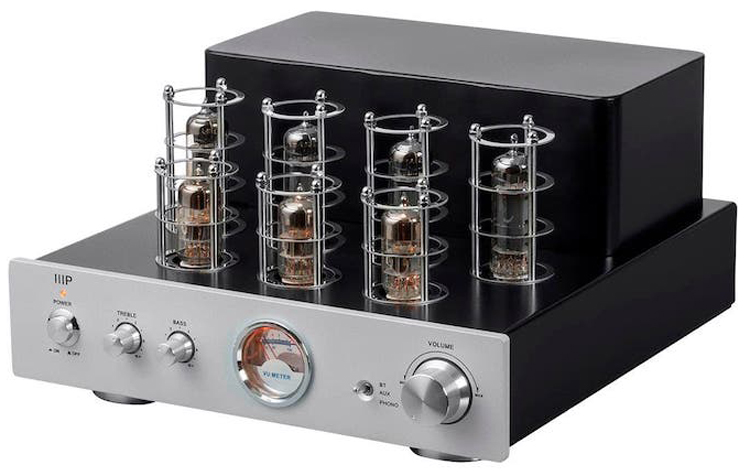
Additionally, the Klipsch Cornwall IVs are the pickiest speakers I’ve ever had in terms of amplifier requirements. With their high sensitivity, the almost irresistible temptation exists to play them with low-wattage tube amplifiers. I did just that, and the results were “half-spectacular.” The midrange and treble of the Cornwalls are ravishing with tube power amplifiers. The bass, however (at least, in my room) is not. Neither of the two tube amps I tried them with was able to provide tight, punchy bass. In fact, with either of the tube amps that I tried, the bass sounded like oatmeal – mushy in the extreme.
To tighten up the bass, I substituted the Emotiva PA-1 Class-D amplifiers. These amps have provided very controlled bass in my room with other speakers. With the Cornwalls, the bass was slightly tighter, but still not as prominent in amplitude nor as tight and tuneful as I expected. And despite the slight bass improvements, the midrange and treble now had “transistoritis.” This is highly unusual since these amplifiers have sounded harsh on no other speakers that I’ve used them with.
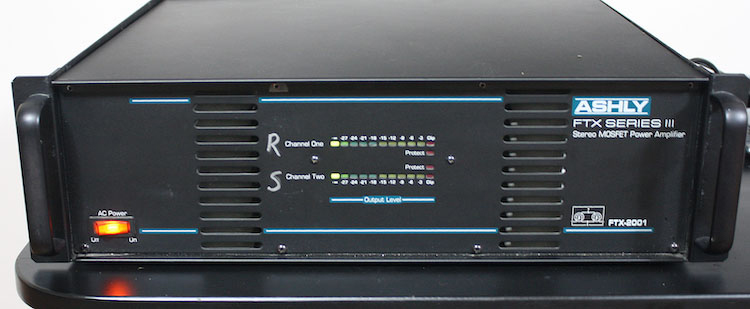
Out of desperation, I plugged in a pro amplifier that I had in the closet, an Ashly FTX-2001 Series III. The amplifier, in addition to having an outrageous damping factor in the bass, uses MOSFET transistors as outputs. It had exactly the blend the Cornwalls needed to produce not only tight and tuneful bass but also detailed and accurate treble. Even with the speakers against their back wall, the Cornwalls still imaged not only well, but VERY well.
Let me emphasize that YOUR experiences with the Cornwalls won’t be NEARLY as trying as mine. Most rooms are going to allow these speakers to develop all the bass one might want and also to allow treble adjustments by toe-in of the boxes. So, don’t worry about my trials and tribulations with setup – yours should be a piece of cake!
However, the clarity and detail of the Cornwalls WILL put the spotlight on your amplification. Even though literally any amplifier that I know of can drive the Klipsch Cornwall IV speakers with ease (including single-ended-triode tube amplifiers), they will work their best with higher quality amplification. Fortunately, in this 21st century, even affordable amplification can be of high quality. Let your ears be your guide, but I’d say that if you’re going to invest in loudspeakers like the Cornwalls, some experimentation with amplifiers will get the most from them.
Secrets Sponsor
Attempting to tweak the bass to its last degree, I used the Roon player’s parametric equalizer to insert a +3dB boost at the Klipsch Cornwall IV’s -4dB point, 34Hz. And? Yes and no. The equalization DOES create more bass, but they resolutely refuse to produce any significant bass below 35Hz regardless of equalization. In fact, when lower frequencies DO come along in the musical program, the bass falls apart quickly (even without equalization) with highly audible distortion. These are not the speakers for Bach organ music! But you knew that from reading the specs, yes? And now to specific listening experiences, all notes made using the Auralic Vega DAC/preamp and the Ashly pro amplifier.

Pink Martini “Sympathique”
I’ll begin with one of my favorite Jazz ensembles – Pink Martini in their debut CD, “Sympathique.” Almost every track on this disc is currently in my Favorites folder with the demonstration tracks being “Amado Mio” and the creepily dissonant “What Will Be, Will Be.”
What the Pink Martini tracks get right almost every time are their bass and percussion. Unlike so many satellite/subwoofer setups, the broken-in Cornwalls have no trouble making the bass sound integrated with the midrange and treble.
There is also no discontinuity between the low bass, mid-bass, and upper bass. The Klipsch Cornwall IV’s 15” woofer unites these frequency ranges smoothly.
As to the plentiful higher-frequency percussion that Pink Martini uses (bongos, rim shots, and claves, for example), every instrument rides above the musical background, just as it does in live performances. Not all speakers can provide this separation, but the Klipsch Cornwall IVs do it with ease.

The Dave Brubeck Quartet “The Columbia Studio Albums Collection 1955-1966”
I’ve also been spending time going through the wonderful Dave Brubeck Box Set. Among my many faves is the wonderful “Unsquare Dance.” From the acoustic bass intro to the oddly timed clap sequence, the Klipsch Cornwall IVs cleanly emphasize the mids and highs, and with the Ashly amp, the string bass is clear, defined and tuneful.

Harry Zimmerman Big Band “Bongos/Reeds/Brass II”
From the Harry Zimmerman Big Band’s CD “Bongos/Reeds/Brass II” comes the excellent cut “Orchids in the Moonlight.” The opening cymbal brushwork should be crisp and clear and sound plainly like the bronze of the cymbal – not an undifferentiated hiss. When the brass cuts in, there should be a visceral grunt. The Cornwalls get these things right. My room, due to its bass-shy nature, required some light bass-emphasis equalization. But in a more common listening room (probably like yours), no such EQ would be needed.
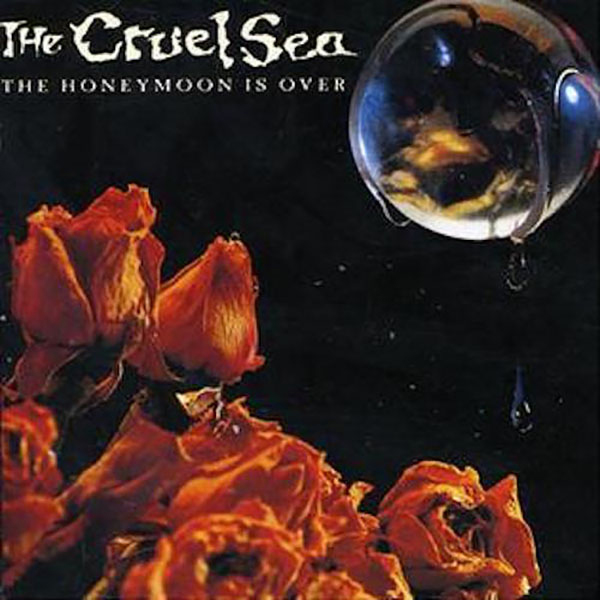
The Cruel Sea “The Honeymoon Is Over”
From the Cruel Sea’s CD, “The Honeymoon Is Over,” comes the lead track “Orleans Stomp.” This one starts out with some bass and percussion, and when the guitar comes in, the funk is boiling. Like a book with a real hook for the first chapter, the lead track promises a bit more than the rest of the disc can provide, but “Orleans Stomp” is worth hearing. The presentation, through the Cornwalls, is just about stunning, and this cut has become a favorite demo track for friends who want to hear what the current system sounds like.

Stephane Pompougnac “Best of Hotel Costes”
The “Best of Hotel Costes by Stephane Pompougnac” offers this interesting gem that my better half labels “Weird.” The track, “One Night in Rio,” by Louie Austin, is mostly spoken with a mocking “echo chorus.” The sound effects (ice cubes and screams, among others) serve as a backdrop for Mr. Austin’s whiney voice. And despite all this, the song just works. The Klipsch Cornwall IV speakers are at their best with this material, making all the sound effects clear as a bell while not detracting from the monologue.

Diana Krall “When I look in your eyes”
From the CD “When I look in your eyes” by Diana Krall, the cut “Cheek to Cheek” is a test of vocal verisimilitude for any speaker. The Cornwalls, with or without tube amplification, sound ravishing on this material, making Diana sound present in your listening room. There is no edge to her voice, either – it just appears in space as it should, even at higher volumes.
The KLIPSCH CORNWALL IV SPEAKERS are not inexpensive, but considering their performance and construction, you get what you pay for!
- Beautiful Natural Cherry finish
- Excellent packing for shipping-damage prevention
- Unfinished birch veneer option is available via special order
- Available carpet-piercing spikes
- Optional risers at different angles
- Exotic wood veneer options
- Lower port tuning for deeper bass response
The Klipsch Cornwall IV loudspeakers are an endgame speaker for many audiophiles provided you can live with their large size and their lack of very low bass. Their resolution, transient response, voicing, and appearance are all world-class. For anyone trying to power any room other than a cathedral or football stadium, the Cornwalls are more than good – they’re GREAT! (Apologies to Tony the Tiger…)
The Cornwall IV speakers are elegant, articulate, VERY easy to drive, and beautiful pieces of furniture that can blend with almost any décor. Klipsch has taken a classic and improved it in almost every way. The list price may be daunting, but considering what you get, I’d consider the speakers to be a raging bargain – particularly compared to some of their competition in the price range.


